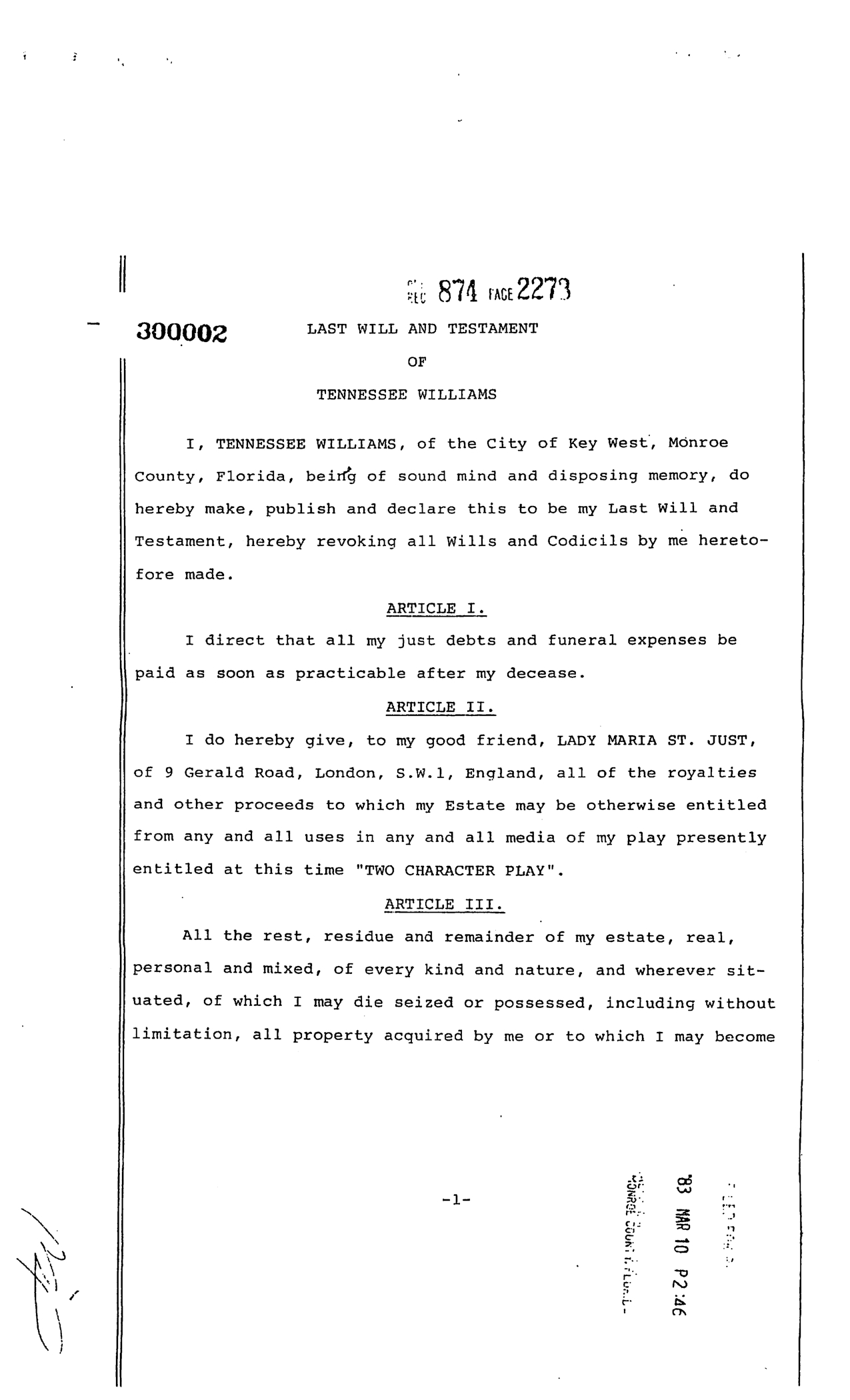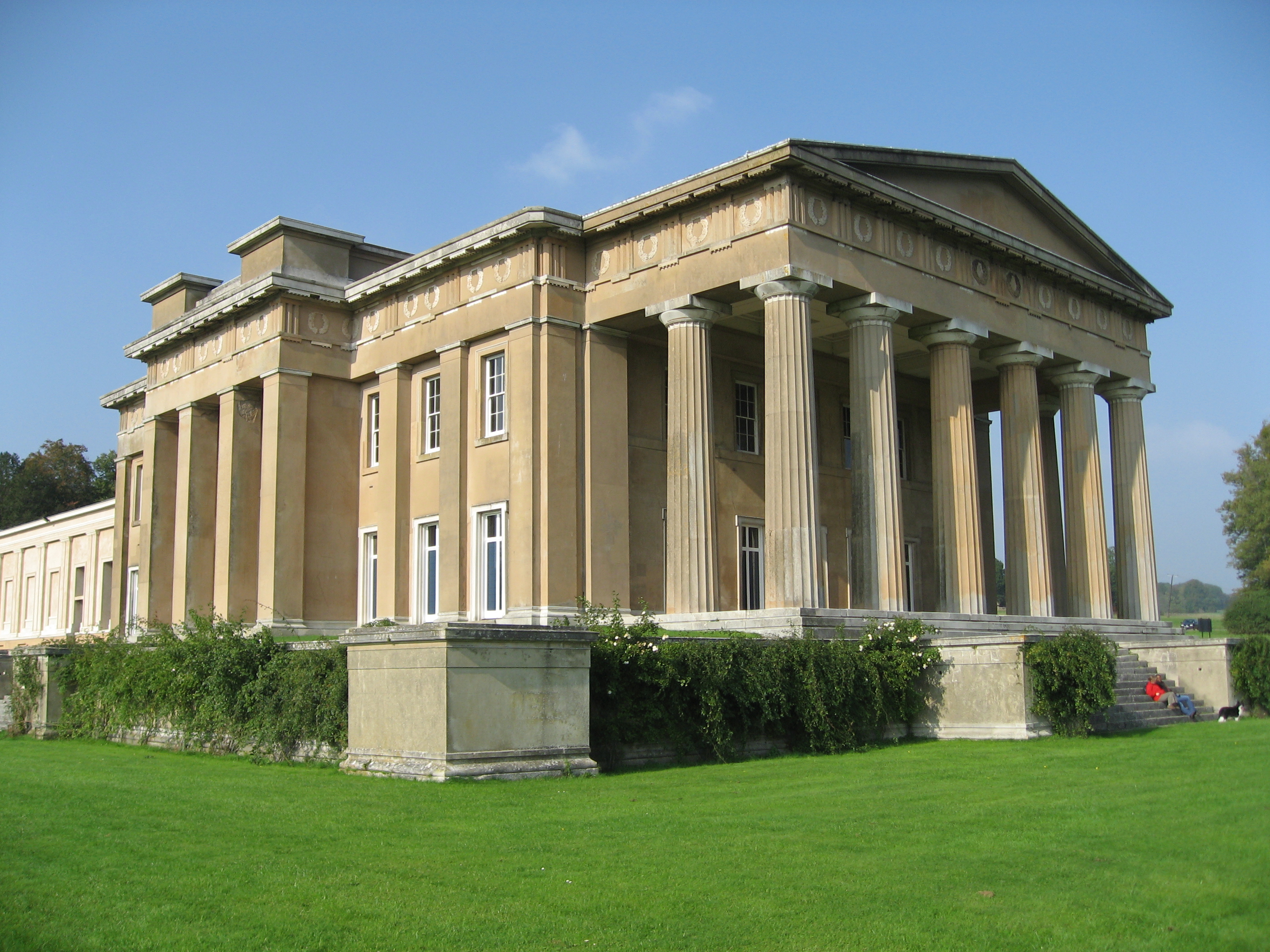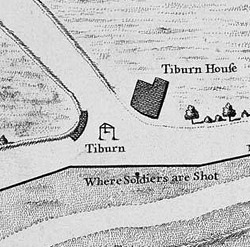|
Bradley, Hampshire
Bradley is a small village and civil parish in the Basingstoke and Deane district of Hampshire, England. Its nearest town is Alton, Hampshire, Alton, which lies southeast from the village, although Basingstoke lies to the north. According to the 2011 United Kingdom census, 2011 census, the village had a population of 202 people. The parish covers an area of , of which is woodland and its highest point is above sea level. It contains no hamlet (place), hamlets. The village was first mentioned in a charter made by Edward the Elder in 909, and was confirmed to be part of Overton, Hampshire, Overton at the time of the Domesday Survey. Bradley later became a separate manor and passed through several families throughout the centuries. The village contains a total of seven Grade II listed buildings, and one Grade II* listed building—the Church of All Saints. Other listed buildings include three large farmhouses and a K6 telephone box which sits beside the village pond. Its neares ... [...More Info...] [...Related Items...] OR: [Wikipedia] [Google] [Baidu] |
Basingstoke And Deane
Basingstoke and Deane is a local government district and borough in Hampshire, England. Its primary settlement is Basingstoke. Other settlements include Bramley, Tadley, Kingsclere, Overton, Oakley, Whitchurch and the village of Deane, some from Basingstoke. It is the northernmost borough of Hampshire, bordered by Berkshire to the north. The first Basingstoke Mayor, George Baynard, was appointed in 1641. The district was formed as the District of Basingstoke on 1 April 1974 by the merger of the borough of Basingstoke, Basingstoke Rural District and Kingsclere and Whitchurch Rural District. On 20 January 1978, following the grant of borough status, the district became the Borough of Basingstoke and Deane. The council claims that the new title included the names of the largest town and smallest village in the borough, although there are eight civil parishes with populations smaller than Deane. Basingstoke and Deane has over 430 local neighbourhood watch schemes i ... [...More Info...] [...Related Items...] OR: [Wikipedia] [Google] [Baidu] |
Ellisfield
Ellisfield is a village in the Basingstoke and Deane district of Hampshire, England. It lies approximately south of Basingstoke on the other side of the M3 motorway from the town. As a parish it is grouped together with Cliddesden, Dummer and Farleigh Wallop. History The name Ellisfield derives from the Old English word ''ielfsanfeld'', meaning ''open land of Iellfsa''. At the time of the Domesday Survey (1086) Ellisfield was part of the estate of the Bishop of Bayeux. It was held by Hugh de Port and later the St Johns. The manor was held by a favourite of Henry VIII, Sir William Sandys, in 1496. He later became Lord Chancellor and was created Baron Sandys. In 1657, the fifth Lord Sandys served with Charles I at the Battle of Cheriton. The property was sold and divided, to be reformed in 1789 by John Wallop, Earl of Portsmouth. Demography Ellisfield has a population of approximately 250 people.In 1871 the population was 245. William White (1878) History, Gazetter and Dir ... [...More Info...] [...Related Items...] OR: [Wikipedia] [Google] [Baidu] |
Burkham
Burkham is a hamlet in the large civil parish of Bentworth in Hampshire, England including a large country house, Burkham House. The nearest town is Alton, which lies about 4.5 miles (7.2 km) to the south-east. Its nearest railway station was formerly the Bentworth and Lasham railway station on the Basingstoke and Alton Light Railway, until its closure in 1932. The nearest railway station is now 3.6 miles (5.8 km) east of the village, at Alton. Between Burkham and Bentworth is Home Farm, a Woodland Trust The Woodland Trust is the largest woodland conservation charity in the United Kingdom and is concerned with the creation, protection, and restoration of native woodland heritage. It has planted over 50 million trees since 1972. The Woodland Tr ... area of 339 acres (137 hectares) of mixed woodland, plantations and fields. The area was bought by the Woodland Trust in 1991. Burkham House Burkham House lies in the centre of the hamlet, around one mile sout ... [...More Info...] [...Related Items...] OR: [Wikipedia] [Google] [Baidu] |
Imperial Gazetteer Of England And Wales
The ''Imperial Gazetteer of England and Wales'' is a substantial topographical dictionary first published between 1870 and 1872, edited by the Reverend John Marius Wilson. It contains a detailed description of England and Wales. Its six volumes have a brief article on each county, city A city is a human settlement of notable size.Goodall, B. (1987) ''The Penguin Dictionary of Human Geography''. London: Penguin.Kuper, A. and Kuper, J., eds (1996) ''The Social Science Encyclopedia''. 2nd edition. London: Routledge. It can be de ..., borough, civil parish, and diocese, describing their political and physical features and naming the principal people of each place. The publishers were A. Fullarton and Co., of London & Edinburgh. The work is a companion to Wilson's ''Imperial Gazetteer of Scotland'', published in parts between 1854 and 1857. The text of the Imperial Gazetteer is available online in two forms, as images you pay for on the Ancestry web site, [...More Info...] [...Related Items...] OR: [Wikipedia] [Google] [Baidu] |
Harry Chichester, 2nd Baron Templemore
Harry Spencer Chichester, 2nd Baron Templemore DL, JP (14 June 1821 – 10 June 1906), styled The Honourable Harry Chichester between 1831 and 1837, was an Anglo-Irish peer. Career Chichester was the eldest son of Arthur Chichester, 1st Baron Templemore and Lady Augusta Paget, daughter of Field Marshal Henry Paget, 1st Marquess of Anglesey. He was educated at Eton and Christ Church, Oxford. He succeeded in the barony on the death of his father on 26 September 1837. During his military service he gained the rank of Honorary Colonel for the 3rd Battalion, Royal Irish Regiment. He served as a deputy lieutenant of County Wexford and was also a justice of the peace for that county. Personal life Lord Templemore married firstly his first cousin once removed, Laura Caroline Jane Paget, daughter of Sir Arthur Paget and Lady Augusta Fane, on 3 August 1842. She was the first cousin of his mother Augusta, Baroness Templemore. They had two children: Arthur Henry Chichester, 3rd Baro ... [...More Info...] [...Related Items...] OR: [Wikipedia] [Google] [Baidu] |
Will And Testament
A will or testament is a legal document that expresses a person's ( testator) wishes as to how their property (estate) is to be distributed after their death and as to which person ( executor) is to manage the property until its final distribution. For the distribution (devolution) of property not determined by a will, see inheritance and intestacy. Though it has at times been thought that a "will" historically applied only to real property while "testament" applied only to personal property (thus giving rise to the popular title of the document as "last will and testament"), the historical records show that the terms have been used interchangeably. Thus, the word "will" validly applies to both personal and real property. A will may also create a testamentary trust that is effective only after the death of the testator. History Throughout most of the world, the disposition of a dead person's estate has been a matter of social custom. According to Plutarch, the written will ... [...More Info...] [...Related Items...] OR: [Wikipedia] [Google] [Baidu] |
Robert Henley, 2nd Earl Of Northington
Robert Henley, 2nd Earl of Northington (3 January 1747 – 5 July 1786), was a British politician. He was born the eldest son of Robert Henley, 1st Earl of Northington, and educated at Westminster School and Christ Church, Oxford. He succeeded his father to the earldom in 1772, inheriting The Grange, Northington. He was appointed a Teller of the Exchequer in 1763, a position he held until his death. He was also Clerk of the hanaper for life from 1771. He was elected a Member of Parliament (MP) for Hampshire on 30 March 1768, and sat until succeeding as 2nd Earl of Northington on 14 January 1772, when he moved to the House of Lords. He was made a Knight of the Thistle on 18 August 1773. In 1783 he served as Lord Lieutenant of Ireland in the Fox-North Coalition, being appointed a member of the Privy Council on 30 April. A 1787 portrait by Joshua Reynolds is in the Art Gallery of South Australia The Art Gallery of South Australia (AGSA), established as the National Gall ... [...More Info...] [...Related Items...] OR: [Wikipedia] [Google] [Baidu] |
Robert Henley, 1st Earl Of Northington
Robert Henley, 1st Earl of Northington, PC (c. 1708 – 14 January 1772), was the Lord High Chancellor of Great Britain. He was a member of the Whig Party in the parliament and was known for his wit and writing. Family Born the second son of Anthony Henley, Robert Henley was from a wealthy family in Hampshire. His grandfather, Sir Robert Henley, had been Master of the Court of the King's Bench, essentially a defence counsel. Henley's father Anthony Henley was educated at Oxford and interested in literature. When he moved to London, he became the friend of the Earls of Dorset and Sunderland, as well as a friend of Swift, Pope, and Burnet. After becoming a married man, Anthony Henley had been the Member of Parliament for Andover in 1698. He died in August, 1711 and was succeeded in turn by his eldest son, Anthony and his second son, Robert. Early life Henley was educated at Westminster School and attended St. John's College in Oxford. He gained a fellowship at the All Soul ... [...More Info...] [...Related Items...] OR: [Wikipedia] [Google] [Baidu] |
Sir Kenelm Digby
Sir Kenelm Digby (11 July 1603 – 11 June 1665) was an English courtier and diplomat. He was also a highly reputed natural philosopher, astrologer and known as a leading Roman Catholic intellectual and Blackloist. For his versatility, he is described in John Pointer's ''Oxoniensis Academia'' (1749) as the "Magazine of all Arts and Sciences, or (as one stiles him) the Ornament of this Nation". Early life and education Digby was born at Gayhurst, Buckinghamshire, England. He was of gentry stock, but his family's adherence to Roman Catholicism coloured his career. His father, Sir Everard, was executed in 1606 for his part in the Gunpowder Plot. Kenelm was sufficiently in favour with James I to be proposed as a member of Edmund Bolton's projected Royal Academy (with George Chapman, Michael Drayton, Ben Jonson, John Selden and Sir Henry Wotton). His mother was Mary, daughter of William Mushlo. His uncle, John Digby, was the first Earl of Bristol. He went to Gloucester Hal ... [...More Info...] [...Related Items...] OR: [Wikipedia] [Google] [Baidu] |
James I Of England
James VI and I (James Charles Stuart; 19 June 1566 – 27 March 1625) was King of Scotland as James VI from 24 July 1567 and King of England and Ireland as James I from the union of the Scottish and English crowns on 24 March 1603 until his death in 1625. The kingdoms of Scotland and England were individual sovereign states, with their own parliaments, judiciaries, and laws, though both were ruled by James in personal union. James was the son of Mary, Queen of Scots, and a great-great-grandson of Henry VII, King of England and Lord of Ireland, and thus a potential successor to all three thrones. He succeeded to the Scottish throne at the age of thirteen months, after his mother was compelled to abdicate in his favour. Four different regents governed during his minority, which ended officially in 1578, though he did not gain full control of his government until 1583. In 1603, he succeeded Elizabeth I, the last Tudor monarch of England and Ireland, who died childless. He ... [...More Info...] [...Related Items...] OR: [Wikipedia] [Google] [Baidu] |
Henry IV Of England
Henry IV ( April 1367 – 20 March 1413), also known as Henry Bolingbroke, was King of England from 1399 to 1413. He asserted the claim of his grandfather King Edward III, a maternal grandson of Philip IV of France, to the Kingdom of France. Henry was the first English ruler since the Norman Conquest, over three hundred years prior, whose mother tongue was English rather than French. Henry was the son of John of Gaunt, Duke of Lancaster, himself the son of Edward III. John of Gaunt was a power in England during the reign of Henry's cousin Richard II. Henry was involved in the revolt of the Lords Appellant against Richard in 1388, resulting in his exile. After John died in 1399, Richard blocked Henry's inheritance of his father's duchy. That year, Henry rallied a group of supporters, overthrew and imprisoned Richard II, and usurped the throne, actions that later would lead to what is termed the Wars of the Roses and a more stabilized monarchy. As king, Henry faced a ... [...More Info...] [...Related Items...] OR: [Wikipedia] [Google] [Baidu] |
Tyburn
Tyburn was a manor (estate) in the county of Middlesex, one of two which were served by the parish of Marylebone. The parish, probably therefore also the manor, was bounded by Roman roads to the west (modern Edgware Road) and south (modern Oxford Street), the junction of these was the site of the famous Tyburn Gallows (known colloquially as the "Tyburn Tree"), now occupied by Marble Arch. For this reason, for many centuries, the name Tyburn was synonymous with capital punishment, it having been the principal place for execution of London criminals and convicted traitors, including many religious martyrs. It was also known as 'God's Tribunal', in the 18th century. Tyburn took its name from the Tyburn Brook, a tributary of the River Westbourne. The name Tyburn, from Teo Bourne, means 'boundary stream',Gover, J. E. B., Allen Mawer and F. M. Stenton ''The Place-Names of Middlesex''. Nottingham: English Place-Name Society, The, 1942: 6. but Tyburn Brook should not be confused ... [...More Info...] [...Related Items...] OR: [Wikipedia] [Google] [Baidu] |






